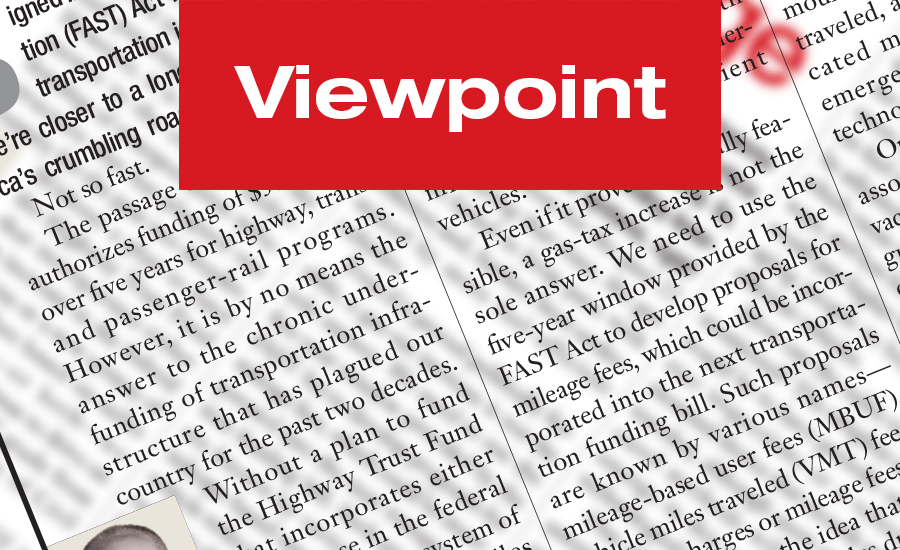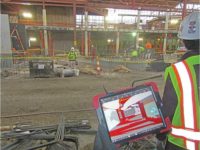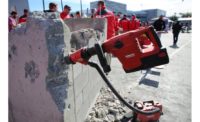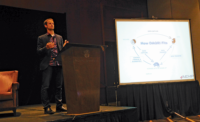 |
| Satyen Patel |
Construction has made great strides in its use of building information technology in recent years and is pushing for wider adoption of lean-manufacturing technologies, but many of the industry’s tools and approaches still leave a lot to be desired. In fact, according to consultants at McKinsey & Co., construction is still among the least digitized industries and it struggles to embrace revolutionary new technologies that require up-front investments, even if the long-term benefits are significant.
Traditionally, the industry has tended to focus more on gradual improvement, but digital construction technologies like virtual software are speeding up the process. These processes become particularly important on certain types of projects, such as urban infill. That, coupled with the speedy evolution of building materials, is pushing the AEC industry’s sluggish but steady shift toward complete digitization.
Urban infill involves the reuse of obsolete or underutilized buildings. Most of the available sites require taller buildings to compensate for escalating land prices. Urban-infill projects require delivery of a project on schedule and on budget while minimizing disruption to surrounding neighborhoods. The use of digital construction is making that easier to do. The robust amount of geographic information and complex spatial relationships found inside BIM models helps in understanding boundaries, reducing risk, improving safety and analyzing potential issues before they arise.
Materials Evolution
Digital technology and the growing demand for environmentally sensitive construction are driving the evolution of building materials, which account for about half a project’s total cost.
Owners are increasingly discovering that a more extensive use of steel allows engineers to begin their work earlier in the process. Steel is much lighter than concrete and, unlike wood, it’s noncombustible. Additionally, projects that use more steel framing are generally completed faster because steel doesn’t need time to set. Infill projects that use steel extensively tend to be safer, more durable, more stable, mold-resistant and termite-proof. Also, they are better for the environment because they last longer than wood or concrete and are less expensive to construct.
Furthermore, steel buildings are more easily designed off site using virtual building software. Many project teams are creating a comprehensive digital flow, from design through assembly, resulting in a productivity boost previously unseen in the industry. Steel framing also can be prefabricated and then shipped and assembled on site, further reducing neighborhood disruption and construction waste.
Digital technologies also have brought back a key component of an ancient construction practice—turnkey installation. However, it is no longer focused solely on prefab trusses or concrete panels, which often produce cookie-cutter projects. Turnkey installation showcases how digital technologies and innovative manufacturing combine to create unique structures, jobsite efficiencies and cost savings. The more controlled environment of factories allows for predictability and precision unattainable in materials that are cut and built on site.
When each project component is precision manufactured to meet exact specifications and dimensions, there’s less construction waste, project costs diminish, risk is reduced, rework is minimized and a superior end product is delivered.
In the end, while new digital technologies and lean-manufacturing techniques are increasingly being developed and adopted by design firms, contractors and subcontractors, the real innovators are the ones looking ahead toward even more sophisticated processes that will play a crucial role in the AEC industry in the future.





Post a comment to this article
Report Abusive Comment